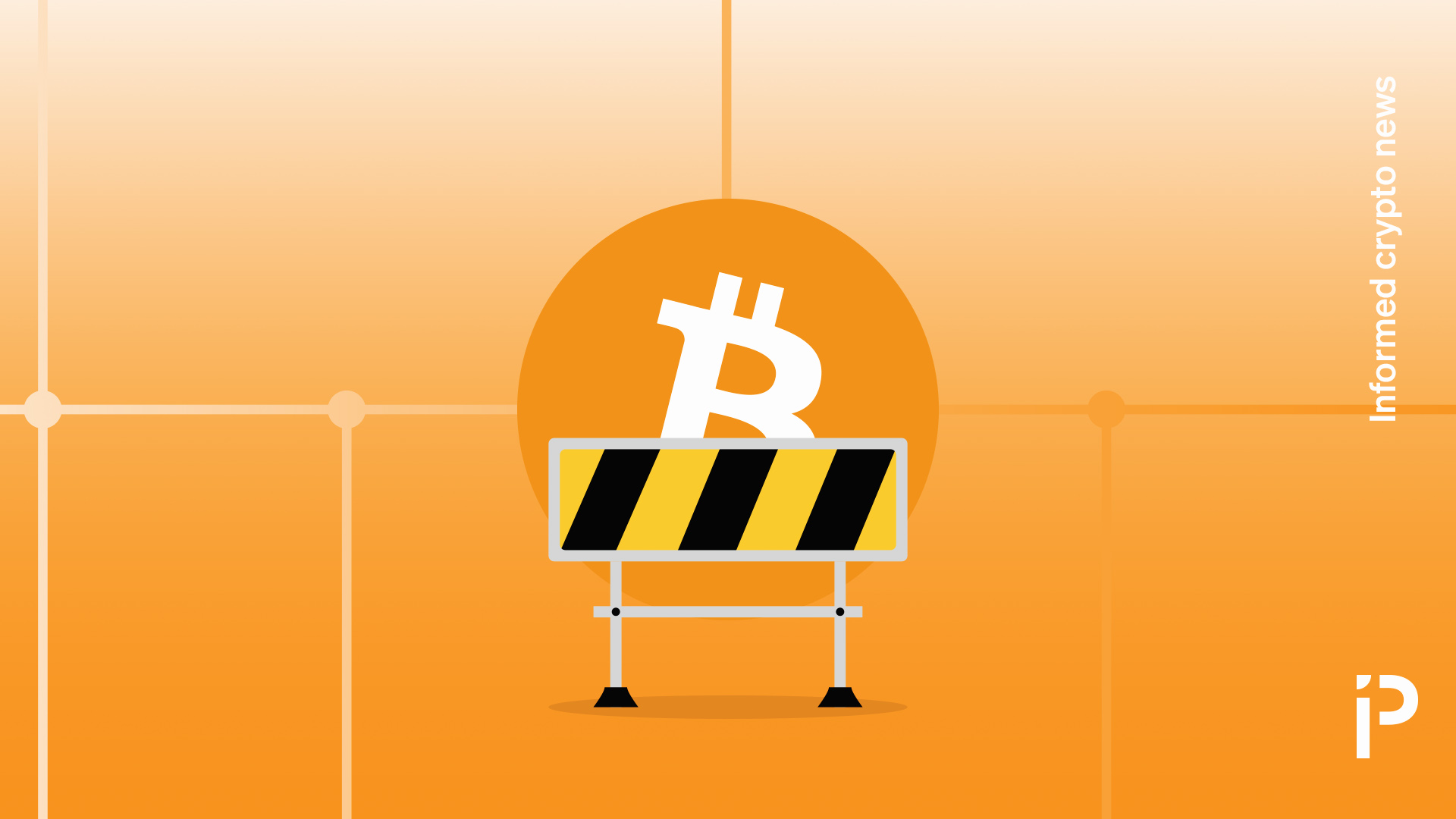Felix Pinkston
Aug 22, 2025 07:22
Explore Tezos’ transformation through its journey across 18 cities, each contributing to its evolution into a fast, secure, and adaptable blockchain network.
Tezos, a prominent blockchain network, has embarked on an extensive journey through 18 cities, each playing a pivotal role in its evolution. This ambitious tour, detailed by Tezzard #1650, highlights the significant protocol upgrades that have shaped Tezos into a dynamic and adaptable network.
Athens to Rio: The Milestones
The journey began in Athens in May 2019, marking the first protocol upgrade that raised the gas limit per block and reduced the validator roll size. This set the stage for Tezos’ on-chain governance capabilities. By October 2019, Babylon introduced the Emmy+ consensus algorithm, which facilitated smoother network operations and enhanced smart contract development.
In March 2020, Carthage improved the network’s capacity and fairness by boosting gas limits per block and refining the formula for rewards. By September 2020, Delphi further optimized gas and storage costs, making transactions more affordable. The journey continued to Edo in February 2021, where privacy-preserving smart contracts were introduced alongside updates to the amendment process.
Innovations and Upgrades
The Florence upgrade in May 2021 doubled the maximum operation size, enhancing smart contract capacity. Granada followed in August 2021, launching Liquidity Baking to foster decentralized liquidity. By December 2021, Hangzhou laid the foundation for advanced contracts, while Ithaca in April 2022 introduced the Tenderbake consensus algorithm, boosting scalability.
Jakarta’s upgrade in June 2022 experimented with enshrined rollups, paving the way for long-term scalability. Kathmandu, in September 2022, prepared for Smart Contract Optimistic Rollups, marking a leap in scalability. Lima’s December 2022 upgrade focused on improving validation and throughput, strengthening the network’s foundation.
Recent Developments
In March 2023, the Mumbai upgrade halved block times and fully activated Smart Rollups on the mainnet. Nairobi, in June 2023, significantly boosted transaction and smart contract call performance. Oxford, in February 2024, introduced Private Smart Rollups, enhancing privacy and security.
Paris, in June 2024, reduced block times further and introduced the Data-Availability Layer (DAL) to enhance throughput. By January 2025, Quebec refined the staking mechanism and improved economic incentives. The most recent stop in Rio, May 2025, saw the introduction of 1-day network cycles and strengthened network resilience.
The Road Ahead
Tezos’ journey is far from over, with the next stop being Seoul. Expected innovations include native multisig accounts and aggregated attestations, promising further enhancements to this evolving blockchain network.
Throughout this journey, each city’s contribution has been instrumental in transforming Tezos into a fast, secure, and adaptable blockchain, as noted by Tezos Commons. For more details, the original article can be found on Tezos.
Image source: Shutterstock
Source: https://blockchain.news/news/tezos-evolution-journey-18-cities-blockchain-impact



